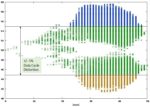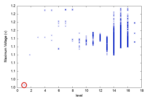Clock Matters: What Infinisim Is Showcasing at DAC 2025
Optimize by Finding and Fixing Errors Across the Entire Clock Domain
The clock domain is the heartbeat of every high-performance SoC—and at DAC 2025, Infinisim is redefining how design teams approach clock optimization with speed, precision, and confidence.
If you’re… Read More









